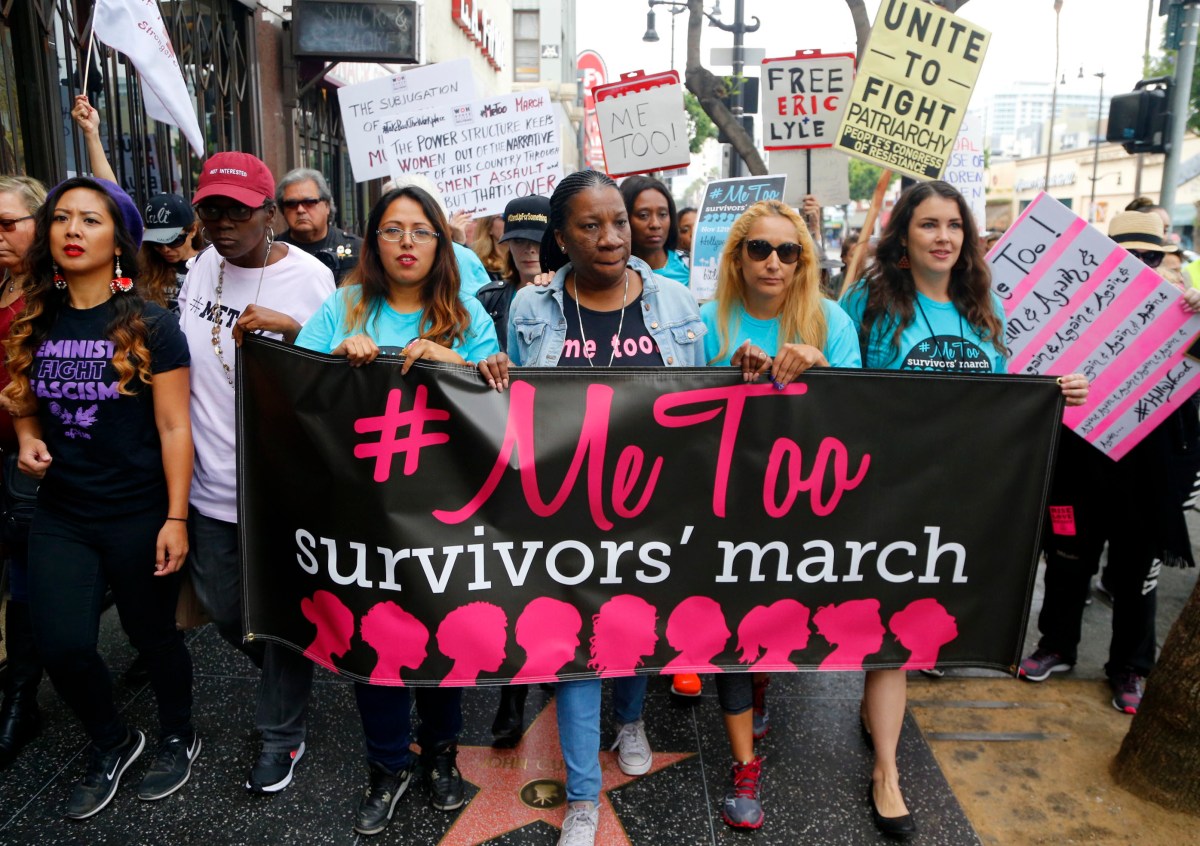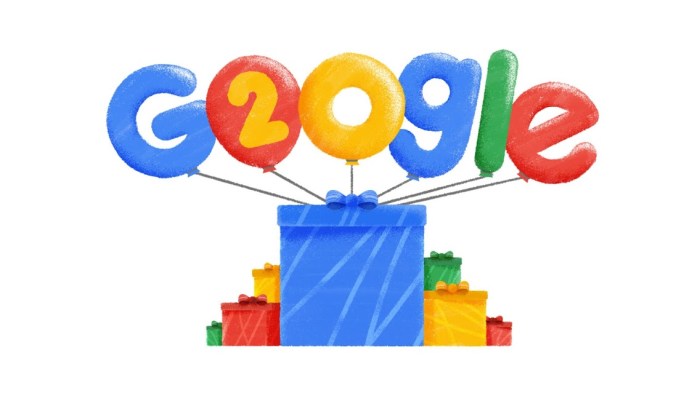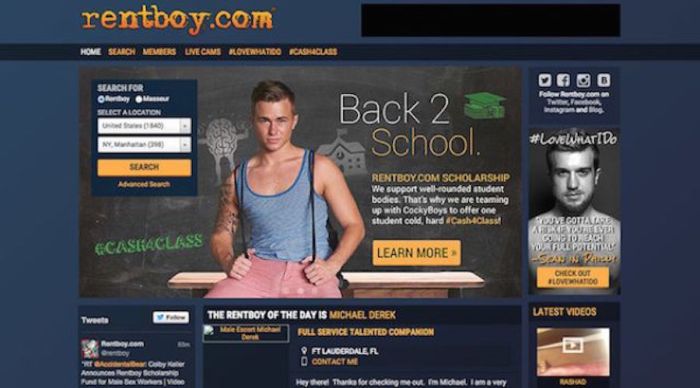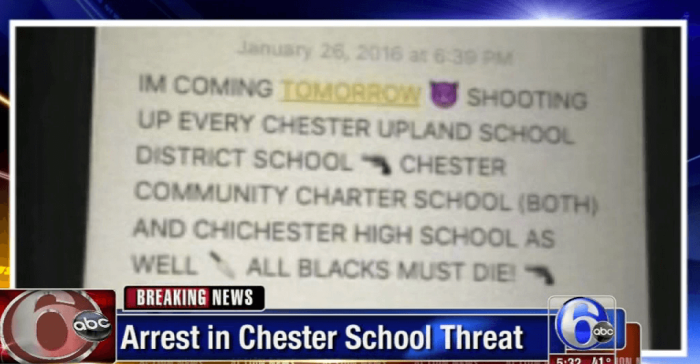Brian Hall and his friends do not care for New York City’s internet providers.
A tech consultant by trade, Hall wants to tip the scales on Internet access in a city where 813,000 households across the five boroughs lack fast Internet access by going local.
RELATED: Local innovators aim for access to city contracts through new firm Calling its a “community-owned resilient network,” a growing group of like-minded, tech-inclined New Yorkers hope their NYC Mesh project can not only hook their neighbors up but also eventually give them an Internet alternative. “Our goal is to become a competitive network to Time Warner, Verizon and the rest,” Hall said. “We all hates these giant telecoms. We have no real choice, so we desperately need one.” Internet providers are a long-running source of headaches for many NewYorkers. In June, a New York City audit blamed Verizon for not holding up its end of a deal to extend high-speed, broadband service to every household in the city by 2014, calling it an “egregious failure.” Still, mesh networks are not the same thing as the Internet. While people on a mesh network can share an Internet connection, joining the mesh doesn’t necessarily mean one can cut the cord.
RELATED: Comptroller: Internet access gap between affluent, poor New Yorkers keeps widening Access to the network is free, but users first need the proper equipment — which can cost either $33 or $95 for a new router. Once equipped, users can share their Internet connections, but can also connect to an intranet exclusive to those signed into the network. And while most of the early adopters in the city are tech-oriented, Hall and his peers hope to make the mesh just as helpful for those less savvy with networks, wikis and routers.
Lee-Ann Freilich, 74, has lived in her Lower East Side apartment since 1970. Frelich credited NYC Mesh’s Hall for helping her reconnect with the world after a bad spell with technology.
With Hall’s help, Freilich now relies on the shared Internet connection through NYC Mesh to hear from friends and watch Netflix.
RELATED: NYC approves plan to replace phone booths with Wi-Fi hubs “I’m back in the world again,” she said.
Outside of neighbors, mesh network users are also connecting with local bars and coffee shops. NYC Mesh members often meet up at d.b.a. bar on First Avenue, which recently began to host its own router for the network. Mesh networks are not a new concept. Outside of the United States, certain parts of the world with limited Internet access have developed their own free, collaborative networks.
Guifi.net in Spain surged to more than 29,700 connection points — or nodes — since its debut in 2004.
Stateside, New York City currently has 35 active nodes spread in all boroughs but Staten Island, and mostly concentrated in lower Manhattan and northern Brooklyn. One or two are being added per week. Mesh networks most recently showed their mettle in 2012 after Hurricane Sandy crippled much of Red Hook’s tech infrastructure. The Red Hook Initiative not only helped bring connectivity back but its intranet also helped connect resources to affected residents. “It forms its own network so that if the Internet is down completely, you can still communicate with each other,” Hall explained. “It helps everyone realize the usefulness of a resilient network.” That usefulness could soon grow beyond the existing network. NYC Mesh recently offered a proposal to possibly work with New York City’s ongoing project to replace outdated phone booths with state-of-the-art free WiFi hubs. A spokeswoman for the mayor’s office and its technology and innovation office did not respond to Metro for comment.
However, two mesh-based projects including the Red Hook Initiative were a part of 11 groups to split a $30 million federal grant to implement resiliency projects.
Hall said mesh network technology could be most useful as a means to boost the city’s WiFi, enabling even more New Yorkers to access the Internet.
Whatever shape the project may take as it continues to add nodes and convert users, Hall said the time is right for mesh to grow in New York City.
“It’s about to happen in a really big way,” he said.
WANT TO JOIN NYC MESH?


















